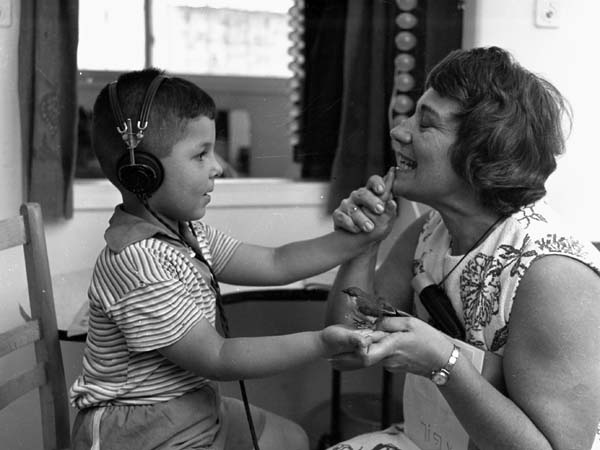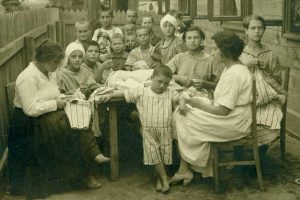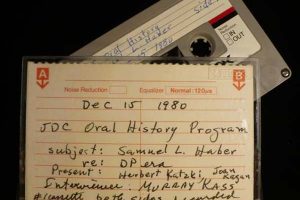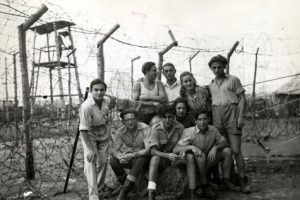
Research Reveals Insights into Historic Photo Collection
The JDC Archives photo collection is one of the world’s most valuable sources for a pictorial study of Jewish life in the 20th century. Over JDC’s first 100 years, from the outbreak of World War I to the present, JDC commissioned professional photographers to inform the public about its relief initiatives for vulnerable individuals and communities around the world.
Photographic experts and researchers have noted the collection’s significance. JDC’s centennial activities, including the I Live. Send Help. book and museum exhibit, required extensive photographer research for legal as well as credit purposes.
Crisis conditions, the passage of time, office moves, and at times the confiscation of records often obscured the trail of authorship. At different times, the Archives received large groups of photographs from JDC offices around the world. Often, these groups contained untitled copy prints or negatives; just as often, there were no photographer credits on them. JDC Archives staff does its best to fill in the information gaps whenever possible.
The photographs of Fred Csasznik (1913-1985) are a prime example of this process. Csasznik immigrated to Israel from Germany in 1933. In the course of researching photo credits for the centennial projects, Archives staff reviewed images already cataloged into the Archives’ database, as well as prints, negatives, contact sheets, and, where present, historical captions. This investigation also included delving into unprocessed holdings where original prints with Csasznik’s name stamp were clearly taken at the exact time and location as one of the uncredited prints being researched.
Close study of Csasznik’s images revealed a strong stylistic consistency in much of his work. His method of making contact sheets (showing a roll of negatives shot at one time) with identifiable hand-written numbers below the images enabled staff to correctly identify more of his photographs. Research in the JDC Archives text collections revealed additional clues. For example, a February 1949 letter between JDC offices in Paris and New York uncovered that Csasznik was sent to cover the historic liquidation of British internment camps in Cyprus and the release of detainees. That shed light on some of the important photographs being researched for the exhibit.
To clarify copyrights for Csasznik’s work, Archives staff reached out to his son, who explained that his family donated his work to the Israel Defense Forces archive after his death. JDC requested permission from this repository to use photos by Csasznik in the centennial projects.
Based on this research into Csasznik’s work, Archives staff is now able to identify more than 800 Csasznik images spanning 37 years in the JDC Archives photo collections.
Please visit our new Fred Csasznik gallery, which highlights his work for JDC and includes several of the newly credited photographs.



